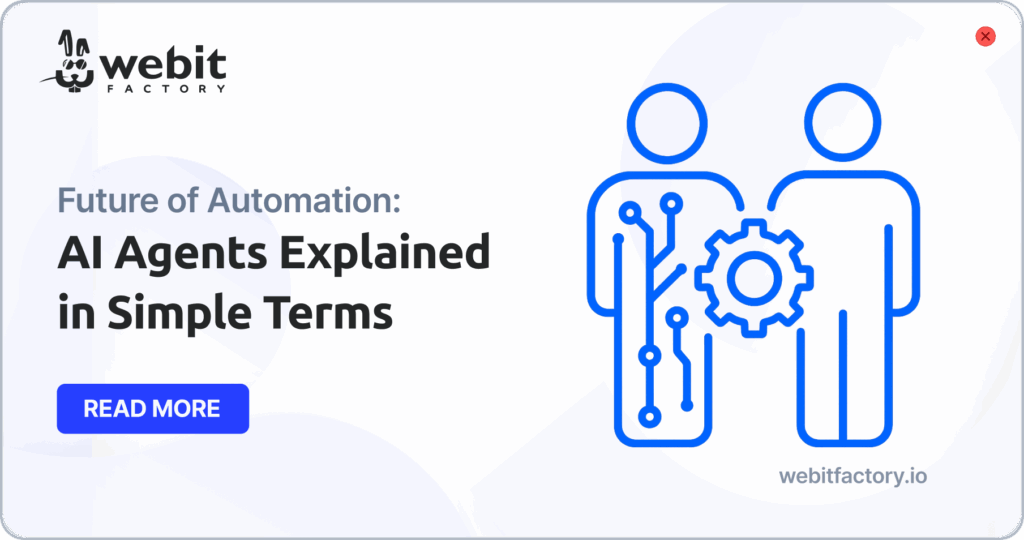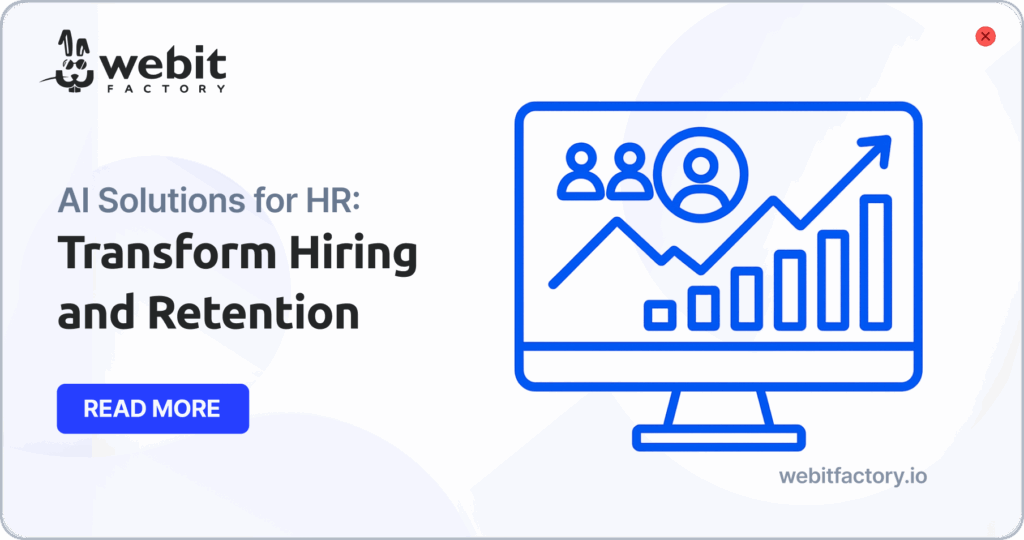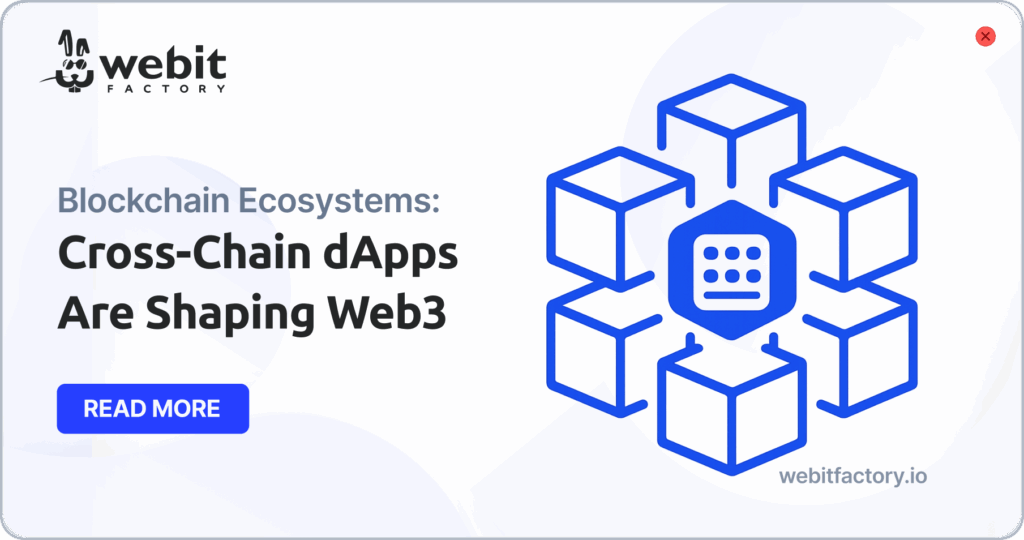Workforce analytics can best be described as a blend of advanced data analysis tools and metrics tailor-made for gauging and boosting workforce performance. From scrutinizing recruitment, training, and personnel to understanding the nuances of benefits and compensation, it’s a holistic approach to HR. The metrics are not just numbers, they paint a story, from the time taken to hire to the cost per hire and even the retention rates.
Why Should You Care?
Recruitment
Analytics-driven tools enable businesses to automate processes like resume scanning, ensure unbiased recruitment through mitigation strategies, and foster a better match between candidates and job profiles. In other words, with it, not only can you find that needle, but you can also make sure it’s the shiniest one out there!
Retention
Analytics is a beacon for identifying unsung heroes in organizations, understanding productivity patterns, and even preempting potential resignations.
Talent Management
Beyond current workforce management, analytics paves the way for future-proofing businesses by identifying skill gaps and charting growth trajectories. It’s like a GPS for your business, showing where your team might need a boost and where you’re cruising smoothly.
Big tech companies embed their workforce analytics offerings within ERP systems or HCM suites. Simultaneously, other players in the market provide standalone workforce analytics tools. These tools, whether housed on-premises or on the cloud, are the game changer.
The core features of these tools include
- Automated data collection from diverse sources, coupled with robust data quality checks.
- Use of conventional workforce metrics to elucidate data.
- Engaging in presentations of insights through dashboards and bespoke reports.
- Employing predefined indicators for continuous performance monitoring.
Intriguingly, certain analytics tools even offer direct integration into a company’s financial systems, weaving workforce insights into long-term operational strategies. The horizon promises machine learning-enhanced tools that further refine accuracy and user-friendliness.
Trends Shaping the Future of Workforce Analytics
AI-Driven Predictive Analytics
The integration of AI and ML is revolutionizing predictive analytics, allowing employers to forecast employee turnover, identify potential reasons behind exits, discern patterns in vast data, and even foresee future skill requirements. This sophisticated analysis aids in making informed decisions and strategizing effectively.
Employee Experience and Engagement
Companies are prioritizing understanding and enhancing both the general and remote employee experience. This includes tracking satisfaction, engagement, and overall well-being. The rise of remote and hybrid work has also led to an increased focus on optimizing remote work setups, policies, and collaboration tools.
Diversity and Skill Development
There’s a strong emphasis on tracking diversity, equity, and inclusion metrics. Alongside this, understanding employee skills and learning trajectories are becoming vital for talent progression. Analytics help bridge diversity gaps, assess DEI initiatives, and adjust training agendas based on future needs.
Ethical and Real-time Data Practices
Instant insights through real-time or near-real-time data analysis are becoming indispensable. Equally important is the ethical management of this data. Ensuring privacy, adhering to ethical guidelines, and building trust with employees regarding data usage are all at the forefront of this trend.
Workforce analytics is not just a fleeting trend, it’s the backbone of modern HR strategies. By offering granular insights into recruitment, retention, and talent management, it arms businesses with the foresight to carve a sustainable future. In a digital age, harnessing the power of workforce analytics isn’t a luxury—it’s imperative.
updates
Related Articles

AI Agents Explained in Simple Terms
Discover what AI agents are, how they work, and why intelligent agents are reshaping automation across industries.

AI Solutions for HR That Transform Hiring and Retention
AI solutions for HR are transforming hiring and retention with faster recruitment, better cultural fit, and lower turnover rates.

Cross-Chain dApps Are Shaping Web3
Cross-chain dApps are shaping Web3 by streamlining UX, improving contract monitoring, and bridging fragmented blockchain ecosystems.
